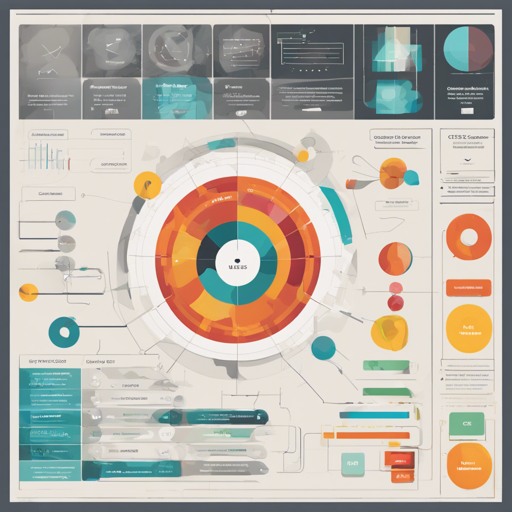Welcome to the vibrant world of CSS! Here, we’ll dive into the enticing realm of the CSS Click Chart, which serves as an essential reference point for developers grappling with the evolving landscape of CSS features. With updated insights as of 2017, this guide provides you with code examples, descriptions, and valuable resources to navigate through new additions and modifications in CSS.
What is the CSS Click Chart?
The CSS Click Chart is like a treasure map for web developers; it showcases the journey through the depths of CSS capabilities. It effectively catalogs new features, tools, browser support information, and offers pointers to tutorials and polyfills. As CSS evolves and expands, the chart serves as your guiding star in understanding what’s hot and what’s not in the world of cascading stylesheets.
New Features in CSS
With the constant advancements in web technology, several new features have emerged and refined existing functionalities in CSS. The chart categorizes these updates, ensuring you stay ahead in the development game. The 2017 update is particularly vital as it not only introduces new features but also discards or combines outdated ones. Below are some significant points to consider:
- Flexbox: This feature allows for responsive layout design that can adapt to different screen sizes and orientations.
- Grid Layout: A powerful system for creating complex layouts quickly, providing immense control over rows and columns.
- Custom Properties (CSS Variables): These enable the use of variables in CSS, promoting reusability and maintainability of styles.
- Transitions and Animations: Enhance user experience with smoother effects, making web applications feel lively and engaging.
The Code Analogy: Understanding New Features
Think of CSS as a kitchen, and the features as your cooking utensils. Just as you need the right tools to whip up culinary delights, developers need robust features to build stunning websites. For instance, Flexbox is like a chef’s knife that can be used for various cutting styles, whereas Grid Layout is akin to a multi-compartment organizer, allowing you to arrange your ingredients (or elements) in a clean and orderly fashion. Custom Properties operate as a spice rack, enabling you to use the same ingredient in multiple recipes (or rules) for variety and consistency.
Troubleshooting CSS Features
While web development can be incredibly rewarding, stumbling blocks can often appear along the way. Here are some troubleshooting tips to assist you:
- Issue: Feature Not Supported in Older Browsers
Solution: Always check the browser support section for each feature. If a feature isn’t supported, consider using a polyfill or fallback styles. - Issue: Unexpected Layout Issues
Solution: Inspect your elements using developer tools to diagnose problems with flex or grid settings, ensuring they are correctly applied. - Issue: Variables Not Working
Solution: Ensure that you’re using the correct syntax for defining and using CSS variables, including fallback values for broader compatibility.
For more insights, updates, or to collaborate on AI development projects, stay connected with fxis.ai.
Staying Updated in CSS
As the digital landscape is constantly evolving, developers must stay informed about changes and enhancements in CSS. Regularly revisiting the CSS Click Chart can aid in keeping your skills sharp and adapting your projects to leverage new features, ensuring they function across all modern browsers effectively.
At fxis.ai, we believe that such advancements are crucial for the future of AI, as they enable more comprehensive and effective solutions. Our team is continually exploring new methodologies to push the envelope in artificial intelligence, ensuring that our clients benefit from the latest technological innovations.

